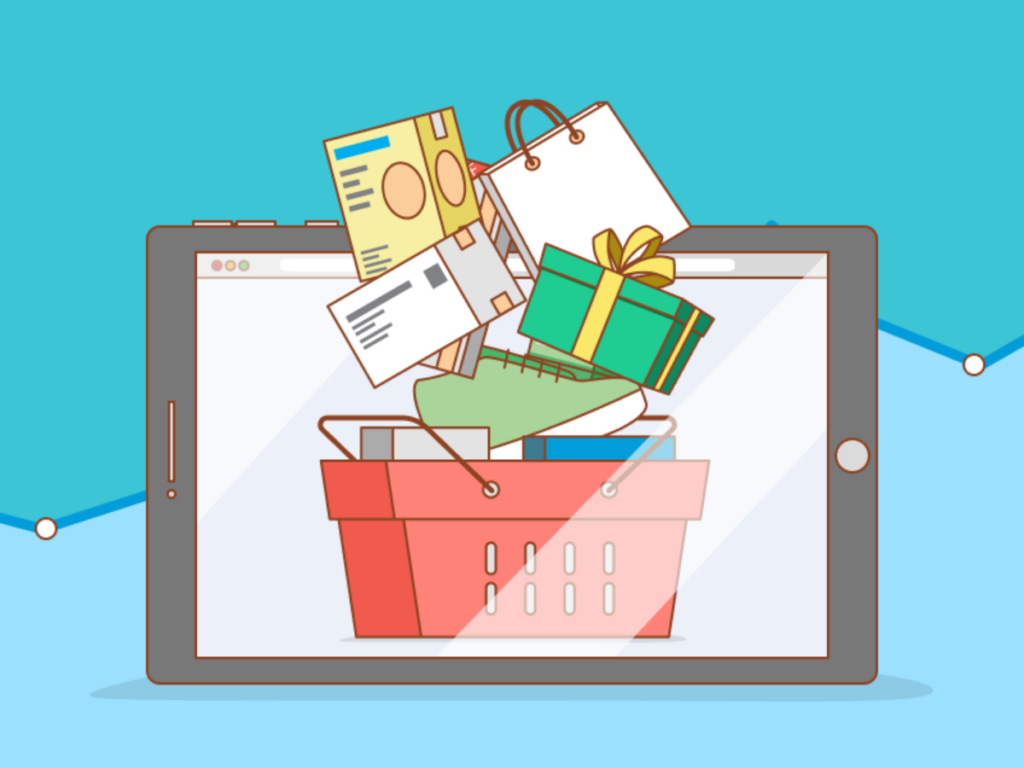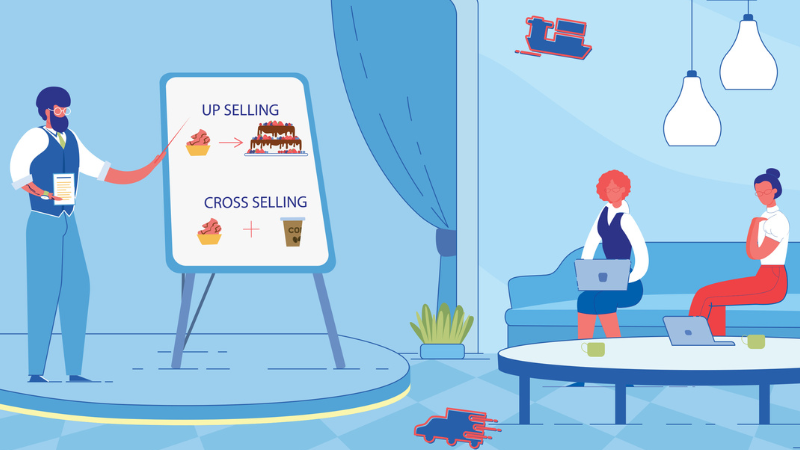
Cross-selling and Upselling: The Ultimate Guide
In the bustling world of sales and commerce, every interaction with a customer is a potential goldmine for increasing revenue. Companies that understand the value of each customer touchpoint truly maximize their growth potential. Cross-selling and upselling are two of the most effective strategies for enhancing these interactions. By diving deep into these strategies, businesses can not only boost their bottom lines but also foster better customer relationships.
What are Cross-selling and Upselling?
Before we dive into the intricacies, let’s define these strategies:
Cross-selling is the practice of promoting related products to customers based on what they are currently buying or have bought in the past. If you’ve ever been recommended a pair of shoes after purchasing a dress online, you’ve been a target of cross-selling. It’s the metaphorical “Would you like fries with that?” in the retail realm.
Upselling, on the other hand, is convincing a customer to purchase a more expensive version of a product they’re considering or to add premium features or services. When a car salesman encourages you to go for the model with the leather seats and upgraded sound system, that’s upselling in action.

Why Are These Strategies Essential?
- Enhanced Customer Experience: When done right, cross-selling and upselling can be perceived as valuable suggestions, showing customers that a company is attentive to their needs. A suggestion for a product that complements a customer’s purchase can save them time and enhance their overall experience.
- Increase in Revenue: This is the most apparent benefit. Encouraging customers to add more to their cart or upgrade their choices means a direct increase in the sale’s total value.
- Strengthened Customer Relationships: Offering genuinely useful add-ons or upgrades shows the customer that the business understands and anticipates their needs, fostering trust.
- Efficient Inventory Management: Through targeted cross-selling, businesses can move stock that may otherwise have been overlooked or is in surplus.
The Fine Art of Effective Cross-selling and Upselling
Now, while the potential benefits of these strategies are clear, their execution requires finesse. Here’s a look at some best practices:
- Prioritize Customer Needs: The primary goal should always be to provide value to the customer. Recommendations should be relevant, enhancing the customer’s purchase rather than merely pushing stock.
- Use Data Wisely: With the advent of artificial intelligence and machine learning, businesses can now analyze purchasing behaviors and trends at an unprecedented scale. This data can be used to make more accurate product recommendations. According to a study by McKinsey, effective use of customer data can increase a company’s growth rate and profitability.
- Limit Choices: While it might seem counterintuitive, overwhelming a customer with too many recommendations can lead to decision paralysis. It’s often more effective to offer a few highly relevant suggestions.
- Timing is Key: For upselling, the best time is typically before the final purchase decision has been made. For cross-selling, it can be either before checkout or immediately after a purchase.
- Train Your Team: Equipping your sales team with the right tools and techniques is vital. This includes not only product knowledge but also the ability to read customer cues. This is where your resume skills for sales comes into play. By ensuring your sales team lists relevant skills on their resumes, you can ensure that they’re well-equipped for effective cross-selling and upselling.

The Role of Technology in Cross-selling and Upselling
In today’s digital age, technology plays a pivotal role in enabling and refining cross-selling and upselling strategies. Advanced analytics tools can gather insights from customer browsing patterns, previous purchase histories, and even abandoned carts to generate real-time, personalized product recommendations. Furthermore, integrating these insights with CRM (Customer Relationship Management) systems can provide a 360-degree view of the customer. Such integration allows businesses to not only recommend products but also forecast future purchasing behaviors, ensuring that marketing efforts are tailored and optimized for each customer segment. This predictive approach not only increases the likelihood of a sale but also fosters a deeper, more personalized connection between the business and its customers.
Cultivating a Culture of Value Addition
Beyond strategies and technologies, the most successful businesses cultivate a culture where value addition is at the core of every customer interaction. This means moving away from transactional relationships and instead building partnerships where the company’s success is intrinsically linked to the customer’s satisfaction. Employees, from sales representatives to customer service agents, should be trained and motivated to recognize opportunities where they can genuinely enhance the customer’s experience, whether it’s through product recommendations, service upgrades, or simply offering expert advice. This shift in mindset—from pushing sales to adding value—can be the distinguishing factor that sets a company apart in a competitive market.
Overcoming Challenges
Like any sales strategy, cross-selling and upselling come with potential pitfalls. It’s essential to avoid being overly aggressive, which can deter customers and damage trust. Another challenge is ensuring that the backend systems, like e-commerce software, can handle the sophisticated algorithms needed for accurate product recommendations. But with the right approach, these challenges are surmountable.
A great read on overcoming these challenges can be found at Harvard Business Review, which delves into the psychology behind effective upselling and the importance of maintaining customer trust.

Conclusion
Cross-selling and upselling, when executed with precision and genuine intent to serve the customer’s needs, can be powerful tools in a company’s sales strategy toolbox. These tactics not only drive increased revenue but can also lead to stronger customer relationships, more repeat business, and positive word-of-mouth referrals.
In the ever-evolving landscape of sales and marketing, it’s the businesses that embrace and refine these strategies that will find themselves a step ahead of the competition. Remember, it’s not about pushing products; it’s about enriching the customer’s experience with your brand.